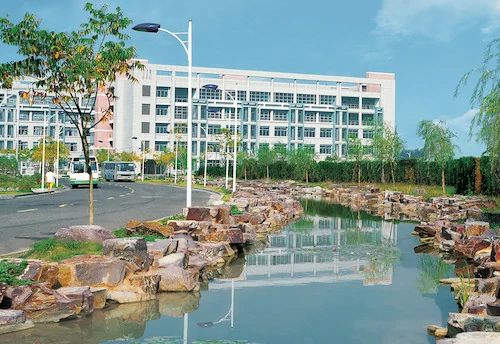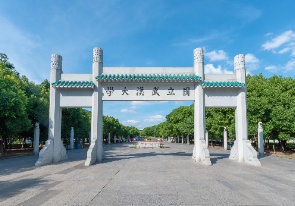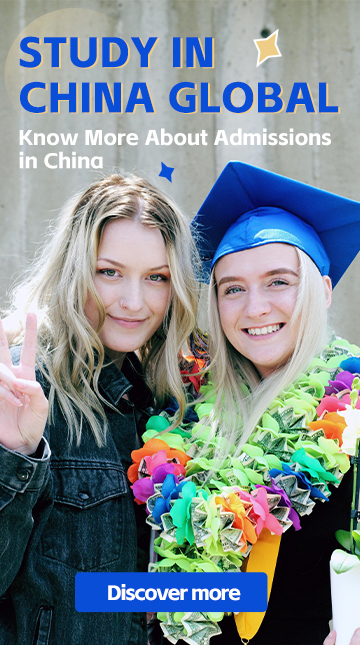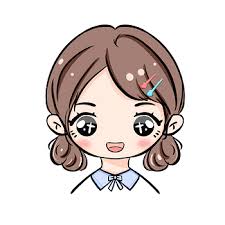
From April 24th to 25th, 2025, the 14th Educational Global Partners Conference (EGPC) was held in Nanjing, China. This two-day event convened global education leaders, focusing on enhancing the "Stu...

Recently, a group of international students from the University of Science and Technology of China visited Yanzihe Experimental Middle School in Jinzhai county, Anhui province. The 12 international...

Dear International students, we invite you to apply to Hangzhou Normal University. Founded in 1908, it’s a well-respected institution. Located in the beautiful city of Hangzhou, the university o...

Greetings ni hǎo 你好 Hello zǎo shang hào ! 早上好! Good morning! wǎn shang hào ! 晚上好! Good evening! MAKING ANACQUAINTANCE A: 你好!我叫Hoefer。你叫什么名字? Hel...

The 2024 Understanding China Conference was held in Guangzhou, Guangdong Province, from December 2 to 4. This year, the conference hosted over 600 guests from both China and abroad, setting a new hi...

A renowned Wenzhou-based university is now enrolling international students for 5 undergraduate medical majors. Check details and inquire if interested. Program profile Intake:2025 Autumn Loc...

Hello everyone, welcome to studyinchinaglobal! It is our primary purpose to help every international student get their ideal study opportunity in China, and today we want to talk about a concerned que...

Located in the beautiful city of Wuhan, Hubei province, Wuhan University is one of the oldest and most prestigious universities in China. With a history dating back to 1893, Wuhan University has ...

On March 21, Zhou Yunjie, a key figure at Haier Group, made his official social media debut. His recent appearance alongside Xiaomi’s Lei Jun on the "Two Sessions" representatives' walkway had already...

Guangzhou, also known as Canton, is a city located in the southern part of China. It is the capital city of Guangdong and one of the most important cities in southern China. Guangzhou has a rich histo...
Popular
SCG - May 9, 2025
Subscribe


